While cities across Canada are hosts to a large number of comics, toys and other collectibles/merchandise shows, in-between, scattered throughout the rural landscape, are antiques markets or smaller antique stores. Often situated on the outskirts of small towns, retrofitted barns and refurbished buildings are home to a slew of unwanted items that once belonged to someone, who most likely is no longer around. In fact, one store east of Toronto promotes their goods as “dead people’s stuff”, which to me has an unsettling tone about it.
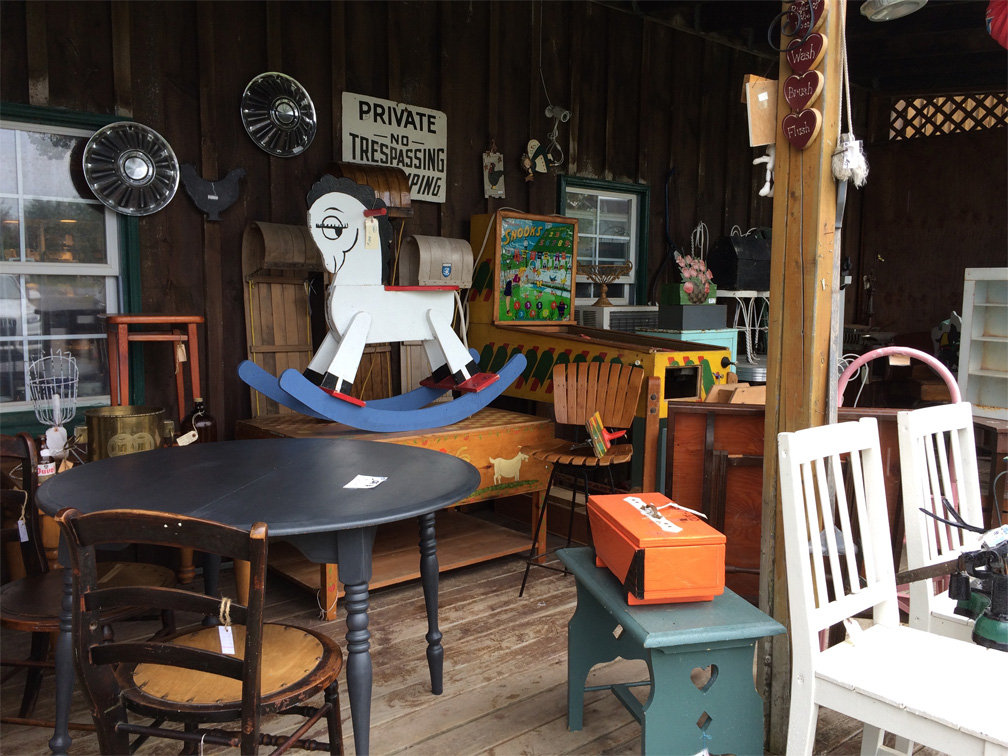
My previous employers would often go antique shopping during weekends. As designers, they had an appreciation for history, culture and craftsmanship. They had an eye for detail and furnished their home with handcrafted, hard wood tables, chairs and cabinets. Their home would often be written up in architectural and decor magazines, and their furniture was once collectively appraised in the tens of thousands of dollars. Not a bad result for weekend outings.
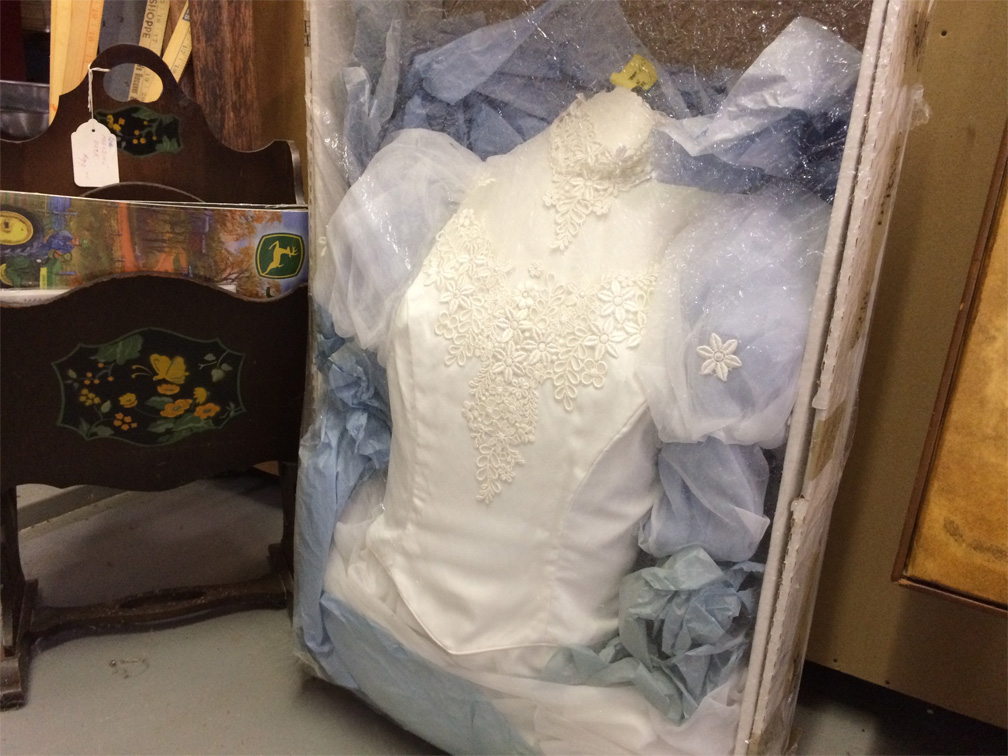
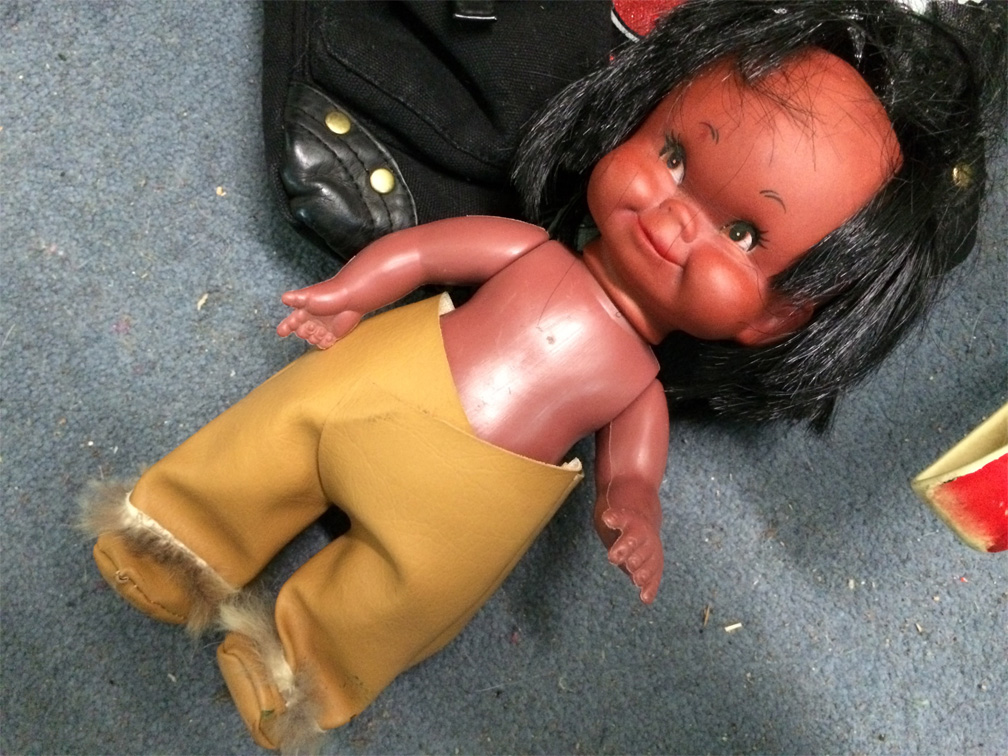
But in all honesty, if the saying “one mans garbage is another mans treasure” ever rang true, it would have to be the antique market. First of all, most items are not actually antiques, but rather older belongings that once held some value to someone. If you have knowledge in a particular area of interest, you can definitely find the odd treasure here and there, but generally speaking, I found most things to be of the junk category. All very interesting to look at, but junk nonetheless. I can’t speak to everything of course, but definitely in my own area of interests; old cameras, original art… and of course comics. However, let me also add that nothing can or should out trump what you like, but the challenge, of course, becomes finding something you like at a reasonable price, which leads me to my second point; anything of universal value has already been identified and stickered at above market price.
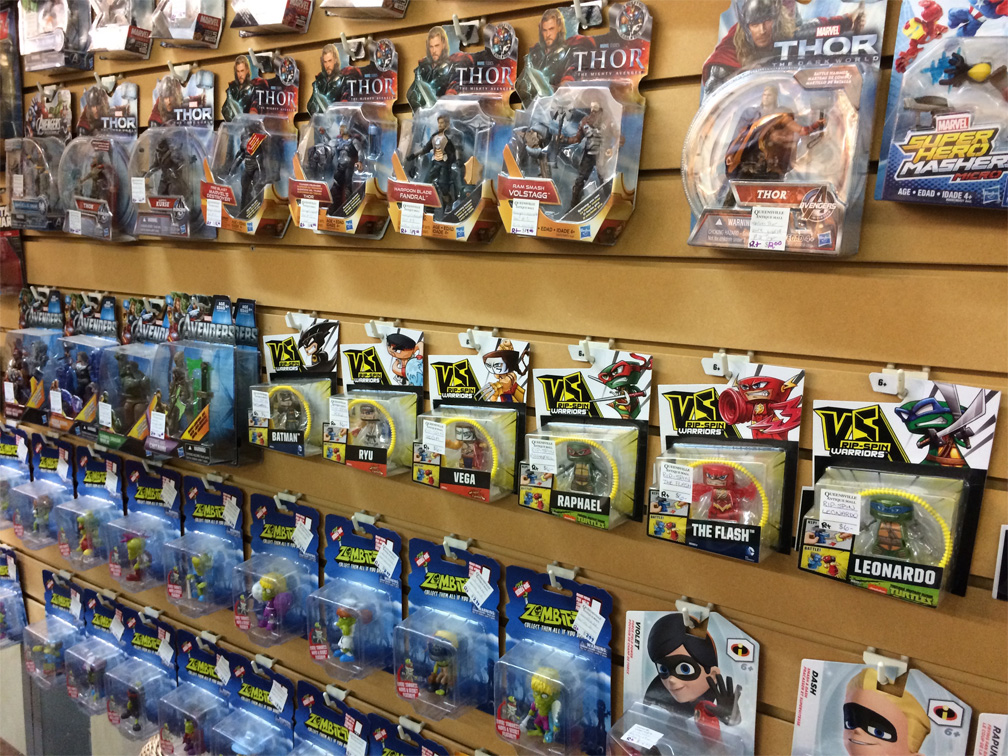
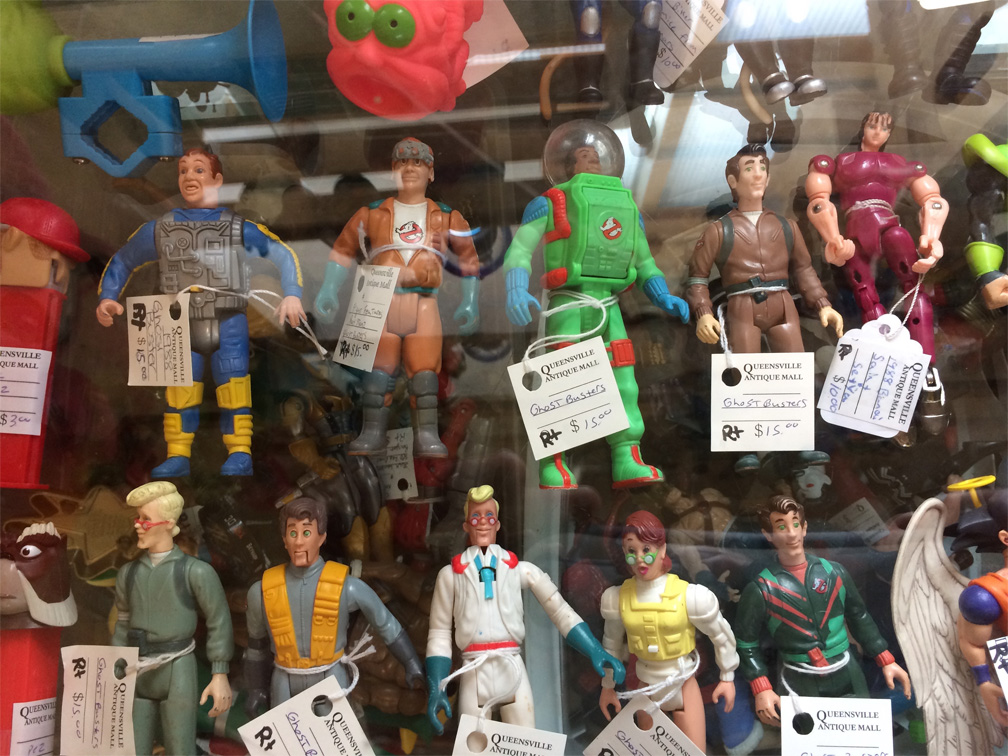
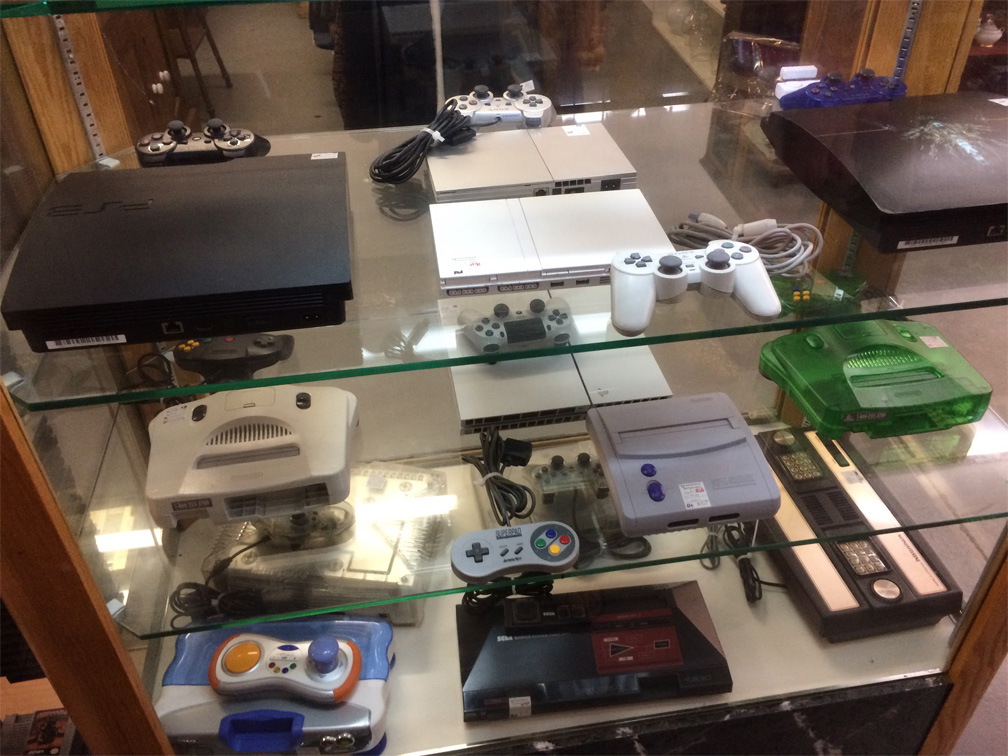
If you walk into a proprietary store, you may be able to negotiate a better price, but the larger antique markets are sectioned off into 10 x 10 or smaller booths, which are rented to vendors at about $2.50 to $2.75 per square foot (at least at the places I visited), with the average monthly rent coming in about $275, plus tax. Additionally, they will process any sales transactions for you, so once you’re set up, it’s essentially a hands free operation. However, in addition to the rent, they take a 15% commission for each sale and any credit card fee comes out of your pot. They also remit tax so you’ll need a business number, which isn’t hard to get. Other expenses may include insurance, advertising and supplies.
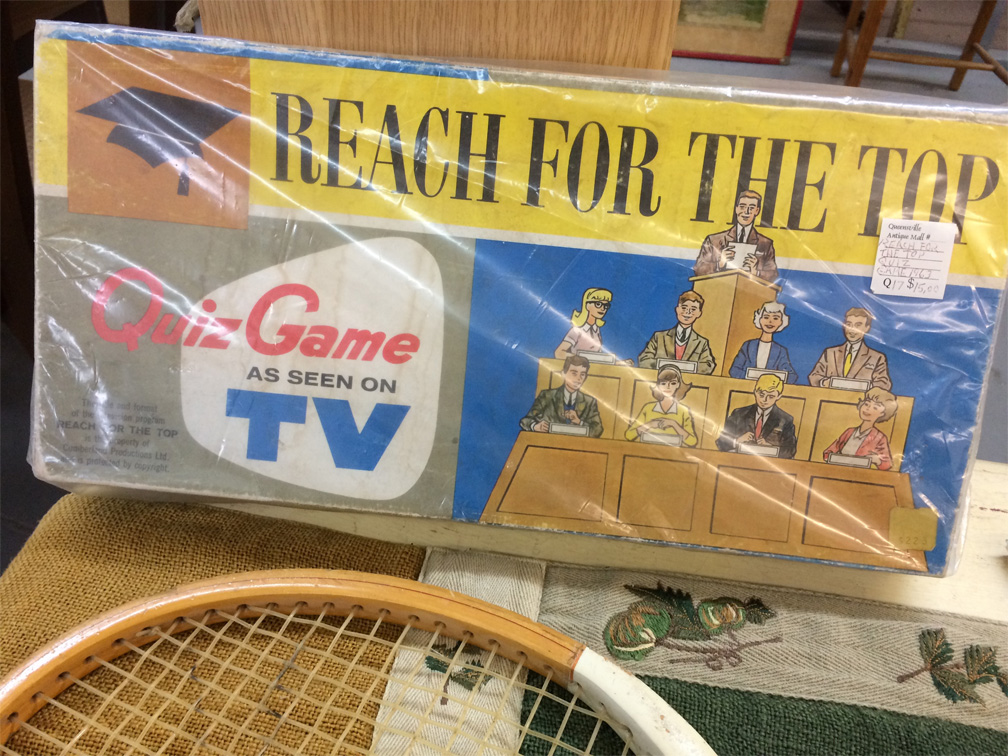
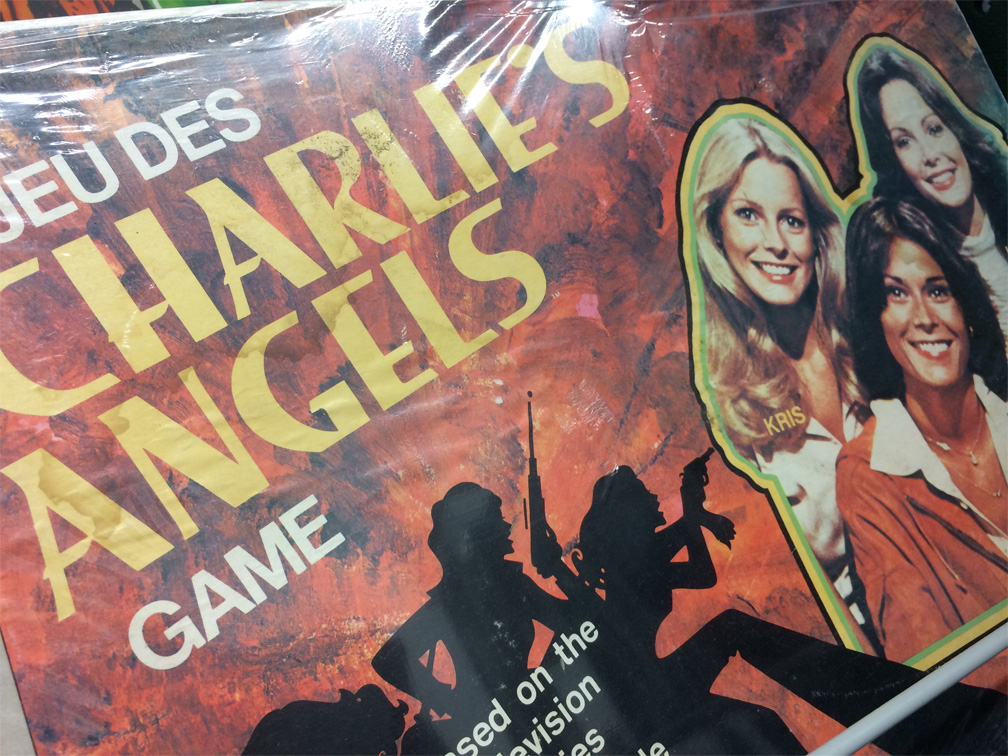
If you talk to a vendor, typically, they’ll tell you how great they’re doing but unless they’re able to source a popular item that is also unique… it’s hard to imagine that they can consistently maintain “great” sales continually. I took a deeper look at this and found that between the rent and commission, many vendors often lose money but continue to maintain a booth for various reasons, including the simple enjoyment of hunting and flipping goods. If any of this sounds familiar, it should because it greatly resembles the comic book show circuit.
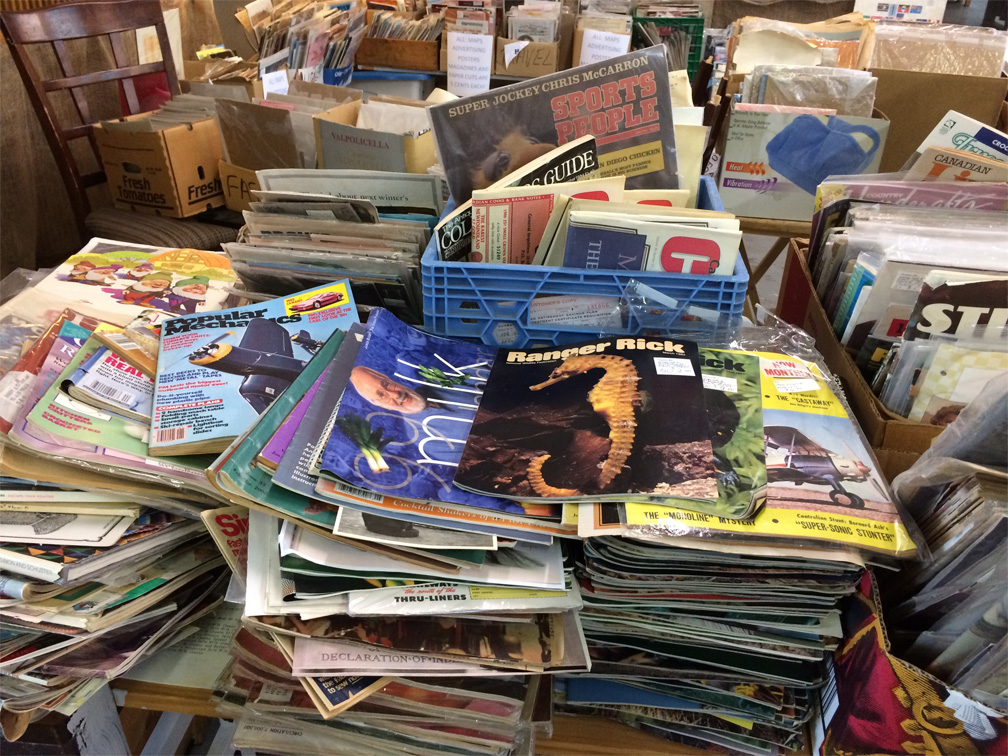
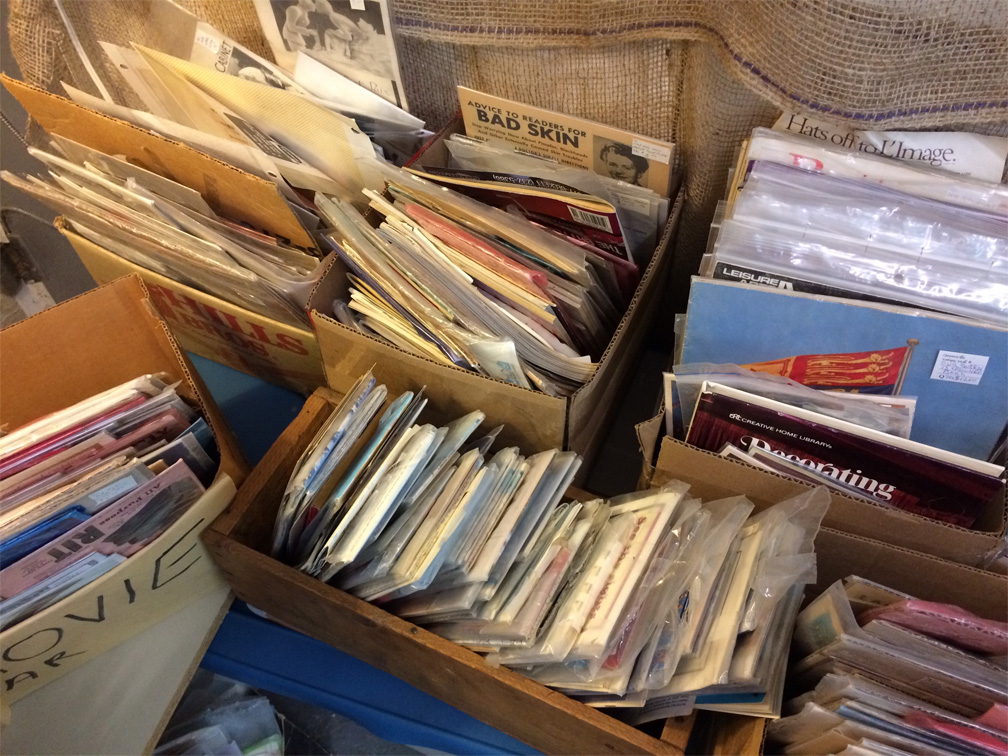
You’ll find all sorts of things at these antique markets. The mix is so varied and so interesting, even my kids enjoy going to them. There’s not much that I actually want, but like a museum of someone’s life, rifling through forgotten stuff does have an appeal.
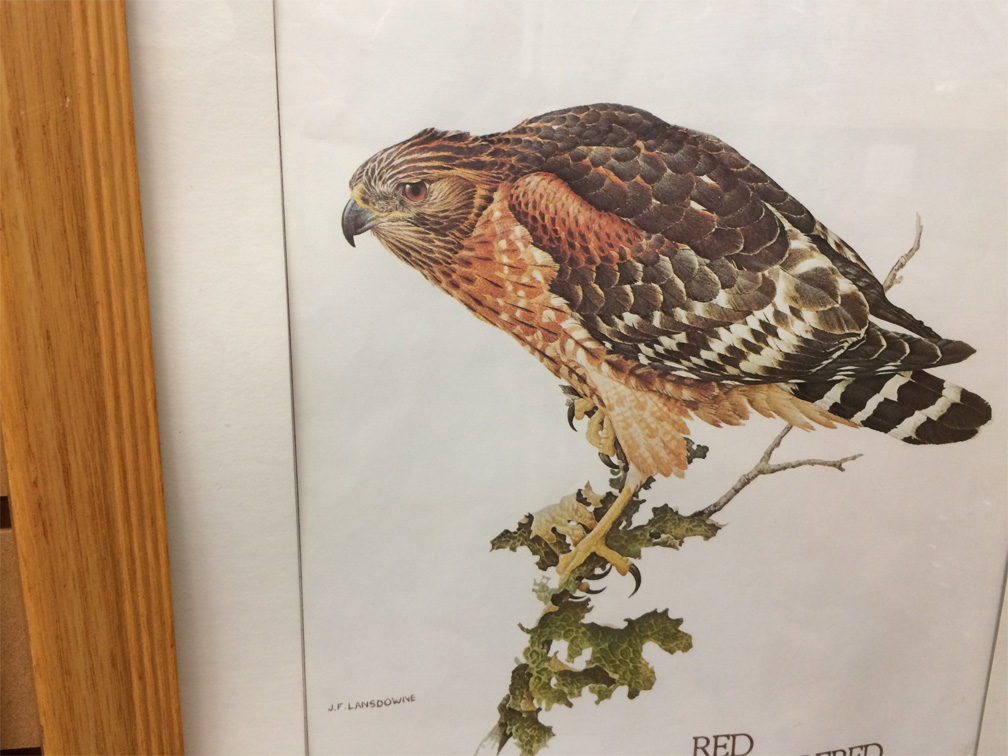
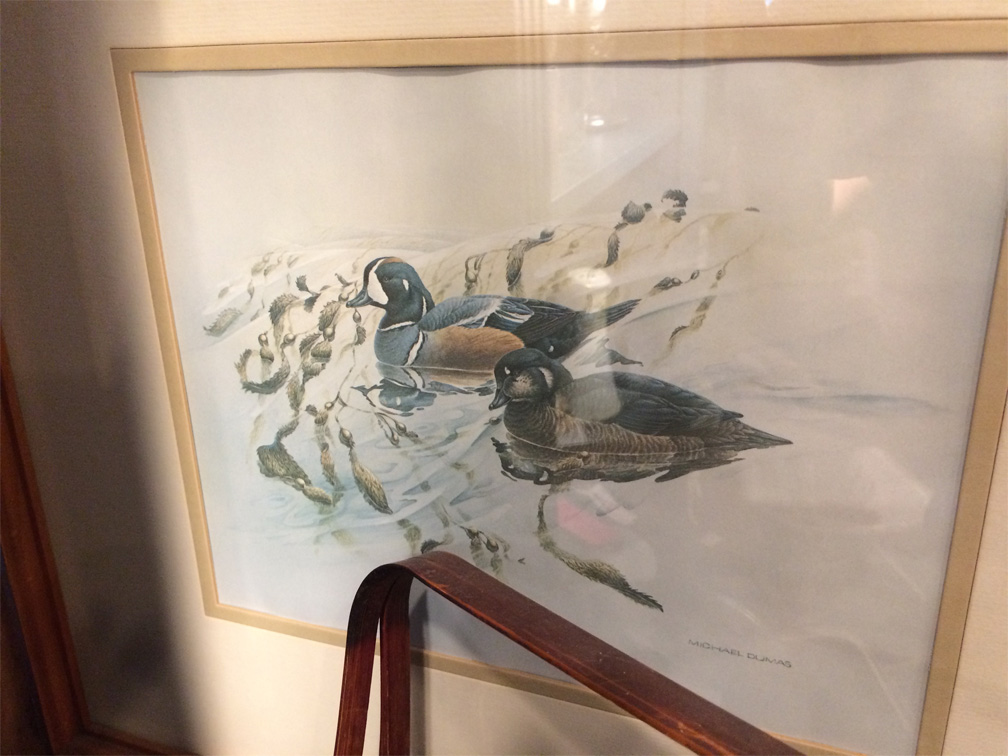
One particular area that I want to touch on is the wildlife limited print market, which was huge during the 80’s, only to fizzle out during the 90’s. Almost single handedly spearheaded by premiere wildlife artist Robert Bateman (who I am a huge fan of, by the way, for various reasons), who I suspect, made millions off this trend. The problem was that many of his paintings were reproduced in batches of 500, 5,000 and even 10,000+, not including so called “artist proofs”, which could add another 500 to 1,000 to those production numbers. All hand signed and hand numbered as being “limited”. As a designer, I would work on brochures and other print collateral for corporations with much lower print runs, so there’s nothing “limited” about a number like 10,000. Each framed print would sell for almost $1,000 or more and was marketed as an investment. I don’t mean to “pooh pooh” all over this particular market. After all, it’s no different than any other commercial venture. However, the part that I take exception to is passing these reproductions off as “limited fine art prints” and leveraging the artist’s name as investments. By definition, reproductions are not “fine art”, nor are they “prints” in the artistic sense. The same commercial production process is used on any other print material, such as brochures and flyers, albeit with much higher standards. At best these prints are high quality posters. And there is no substantive reason for calling them investments beyond the self imposed “limited” aspect. Today, many of these “prints” are scattered throughout antique stores, dull and faded from being hung next to a window, with an asking price much, much lower than the original purchase price. Still, they were enjoyed and used so there is value in this… but probably not at the initial purchase price. In the end, I feel the “limited print” market hurts Bateman’s legacy, putting him on par with the likes of Trisha Romance or the novelty painter Beverly Doolittle, who are commercially successful in their own right, but lack cred from the artistic community.
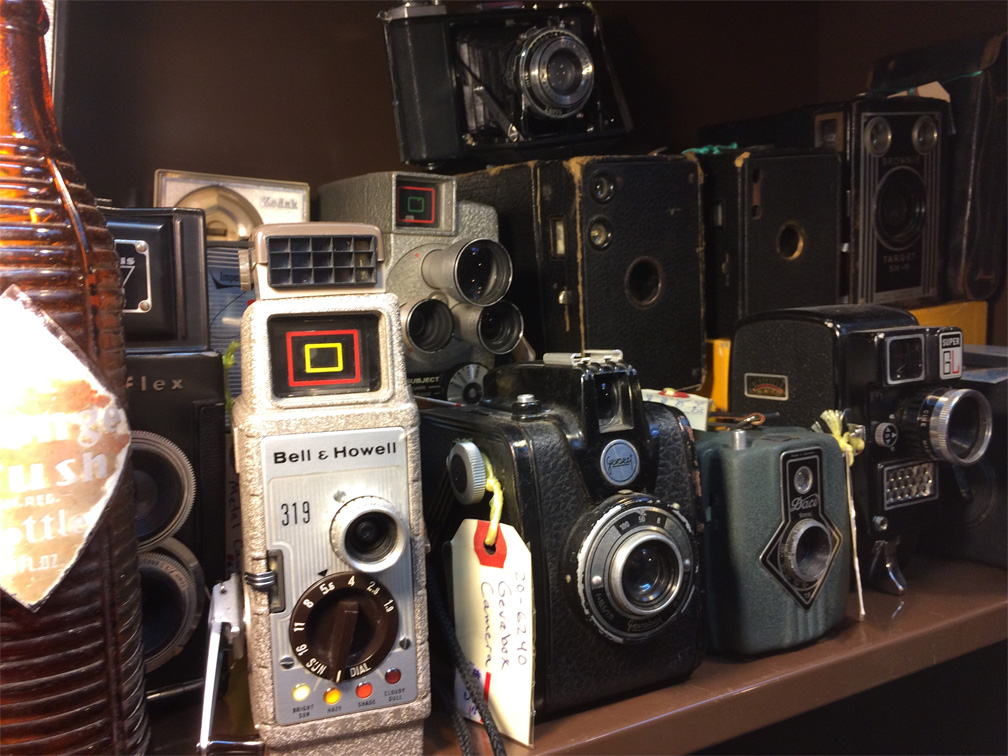
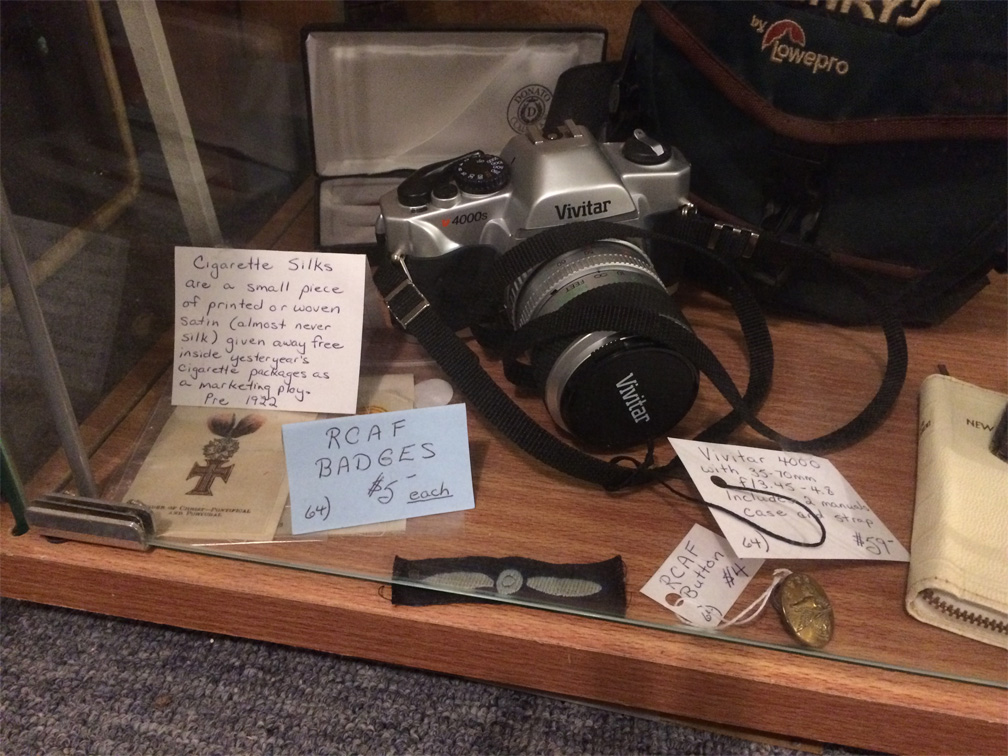
I am of course making the connection with “limited” productions in the collector market, including variant covers and signed/numbered prints at conventions. I’m not trying to diminish the joy of collecting “limited” items, and I do believe that stuff like variants covers should be priced at a premium just for being a separate print run, which has an added production cost attached to it. However, let us not forget why variant covers exist and what purpose they serve. At the end of the day, like anything worth collecting, it comes down to what the market will bear, but in some cases, like in the case of wildlife prints, the market simply does not know any better.
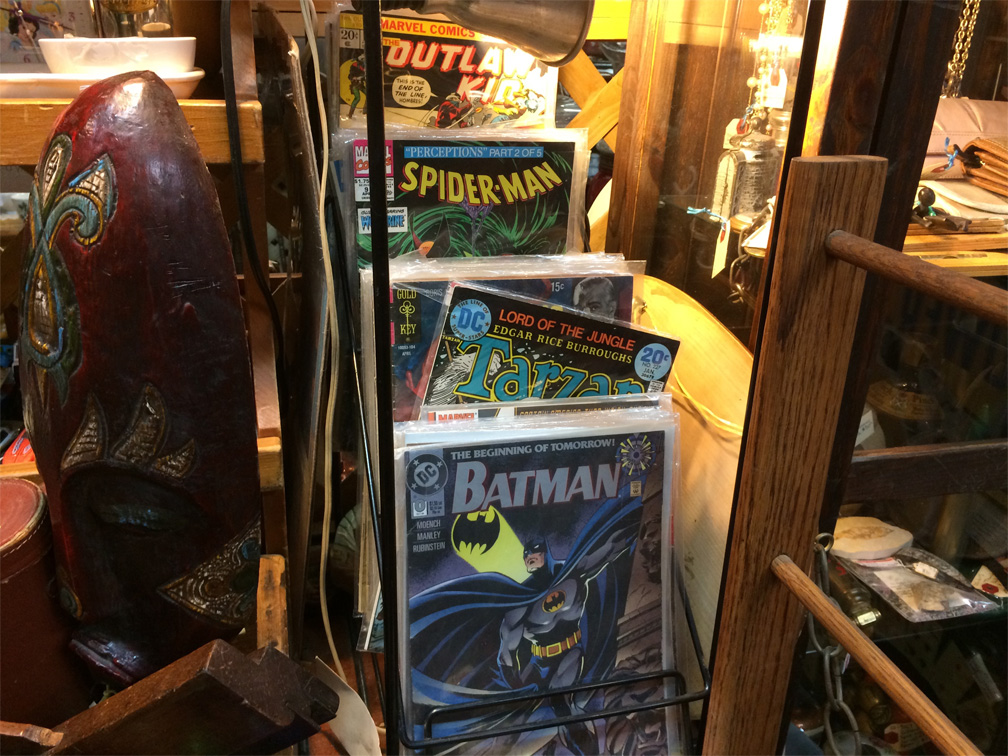
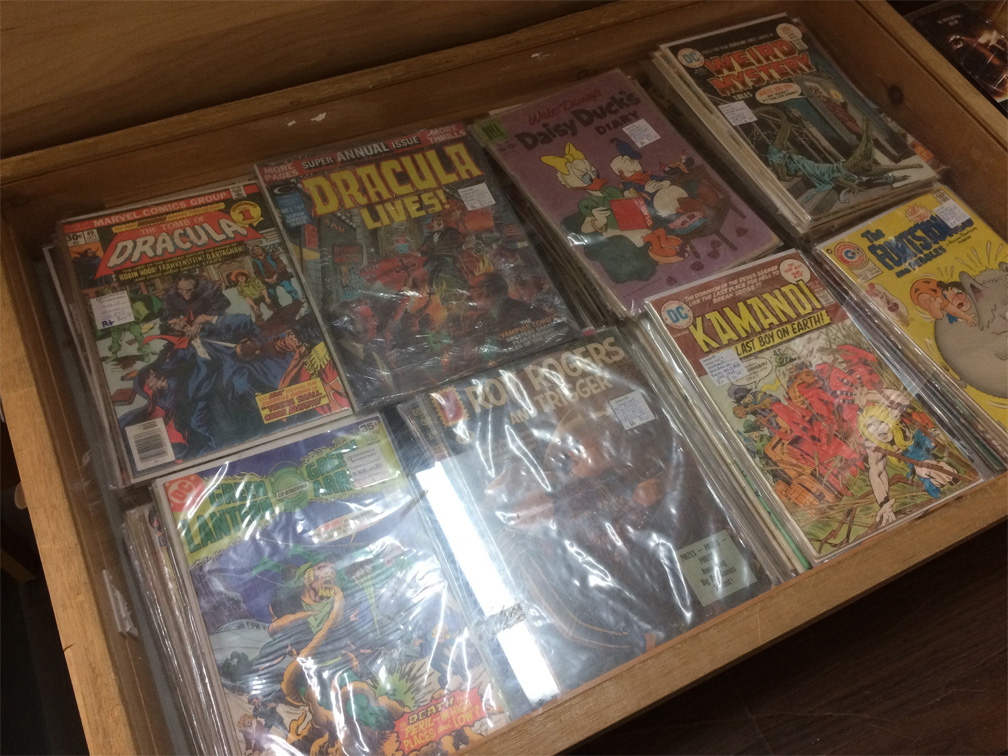
As a collector, I would often hope to find hidden gems within piles of comics, under layers of dust. So if you’re wondering if it’s worth driving out to these markets in search of comics… the answer is a resounding NO. It is fun to leave the city and browse around at these venues, so it may be worth the drive for other reasons… but just not for comics. If you’ve ever wonder where all the those 90’s comics that nobody wants end up, well wonder no more. Somehow, they seem to have made their way to these antique markets and I highly doubt they’re able to cover the real estate they occupy.
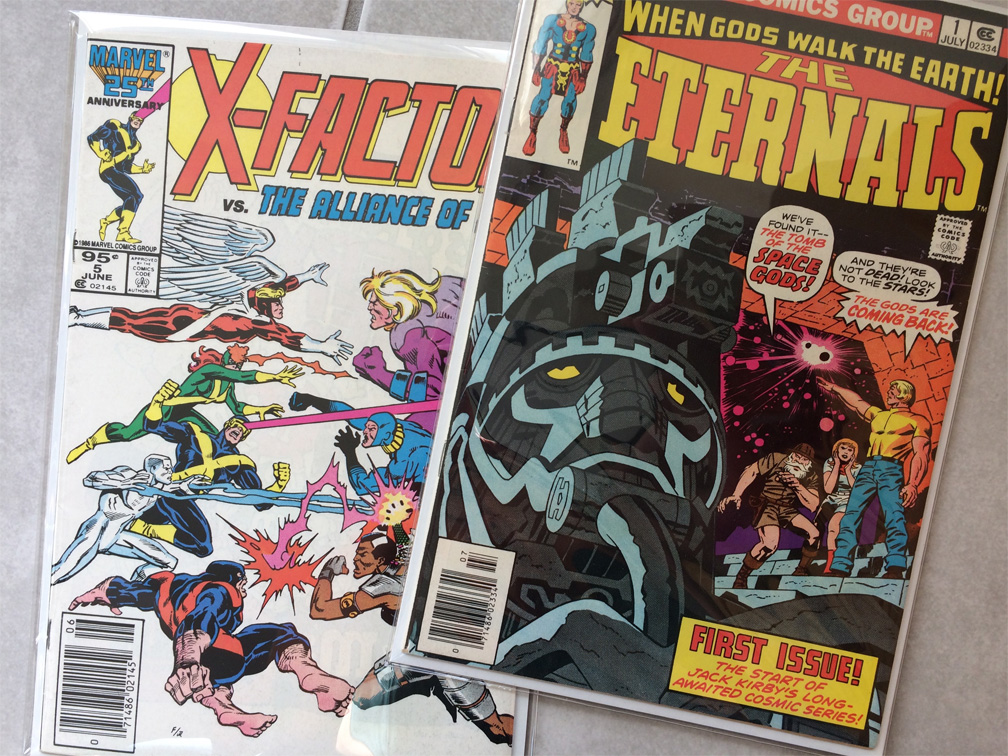
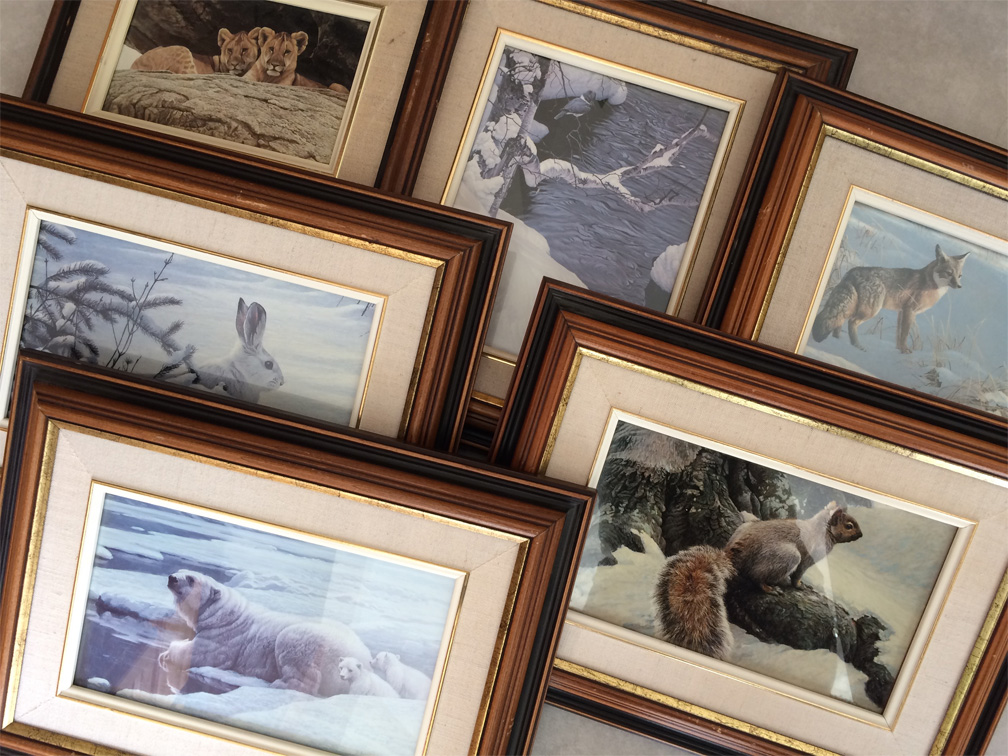
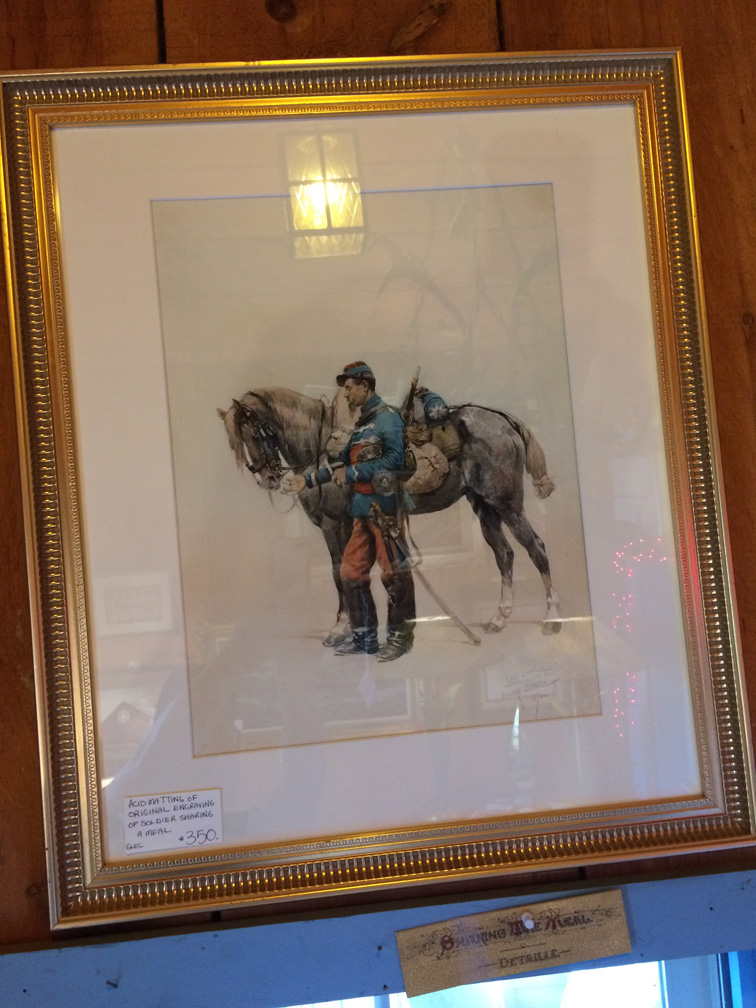
Antique markets do have their place and as an environmentally conscientious person, I support and encourage the reuse of products and materials. I also enjoy visiting these small town stores for their charm, nostalgia and sentimentality, but the primary joy is derived from being a destination and less so as a source for collecting. If you do find yourself in a small town or at the outskirts of your city, do have a visit, and have fun sharing the experience with your family or friends. Chances are you won’t find any treasure, but you’ll be pleasantly surprised in other ways.

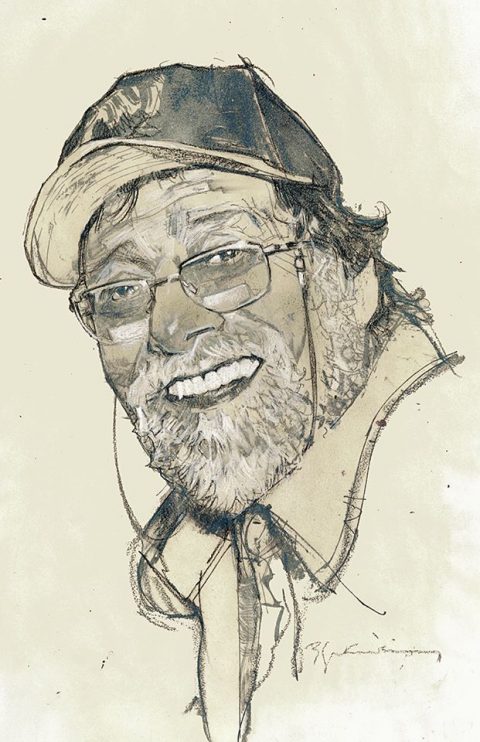


Charlie, nice write-up !
What grade is the X-Factor 5 and Eternals 1? I might be interested buying them from you if they are high grade
The X-Factor #5 is a .95 cent Canadian Price Variant. Not sure if you noticed it.
Nathan, this is the reason why I’m interested. But it would have to be very high grade for me. Why don’t you email me personally.
I’ve only gotten lucky once at a Antique and Collectibles store. Found a VF+ copy of Amazing Spider-Man #300 for $5 at one in San Antonio over 10 years ago.
5
Gents, thanks and sorry for my late reply. We just got back from a trip and it was awesome ^_^
I’m not into price variants but thanks for the heads up Nathan. That ASM #300 was a sweet find. Still worth a few bucks 10 years ago, and even better if you still have it today ^_^
Angelo, I’m surprised you’d want those books, but they’re only an F to VF. Far below your standards I would think ^_^
Cheers!